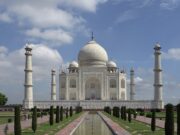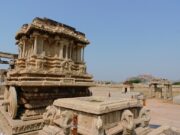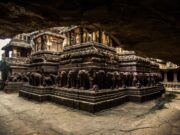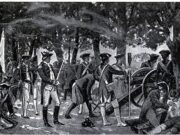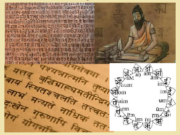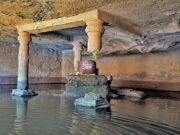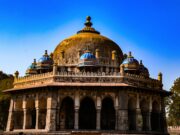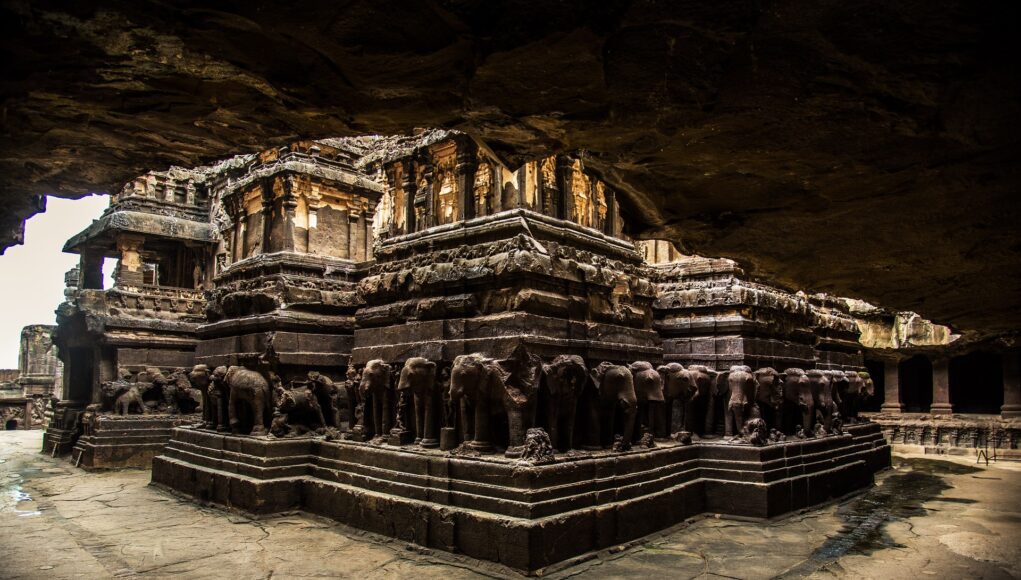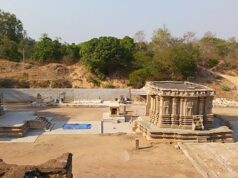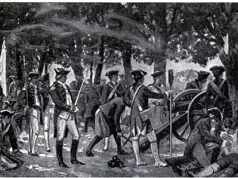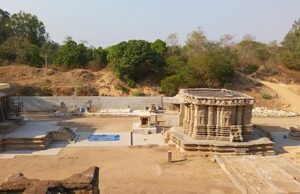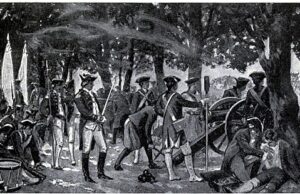Location and History of Ellora Caves
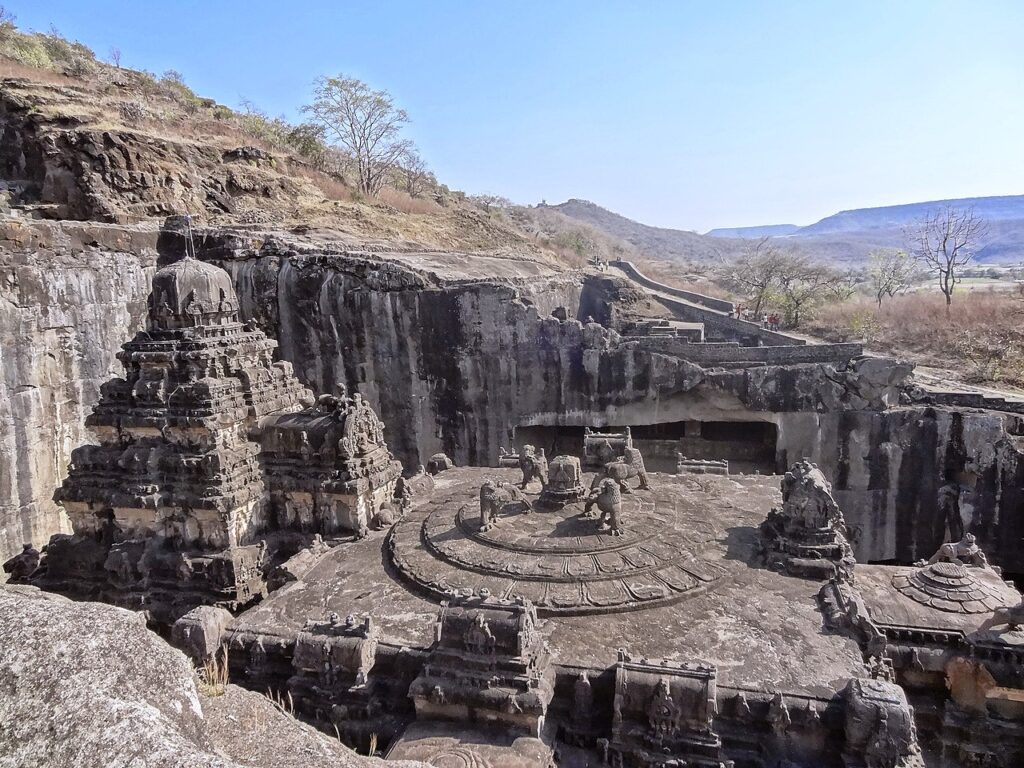
The caves of Ellora are a significant achievement of ancient Indian culture. Ellora Caves is one of the world’s largest rock-cut caves. It is one of India’s most visited “UNESCO WORLD HERITAGE SITES” which is situated in Maharashtra’s Aurangabad district. They were discovered in 1819 by British officer John Smith. The caves have a major tourist attraction. it was built during the reigns of the Kalachuri, Rashtrakuta, and Chalukya kingdoms. There are 34 temple caves here, dating from the sixth to the ninth centuries. There are 17 that are tied to Hinduism, 12 that are Buddhist, and 5 that are Jain.
These caves served a variety of functions, including prayer shrines and resting places. The Ellora caves were built over three major periods: the early Hindu period from 550 to 600 CE, the Buddhist period from 600 to 750 CE, and the final phase, the Jain and Hindu period from 750 to 950 CE. The Ellora caves are among the best examples of rock-cut caves. Beautiful carvings have also been done on the cave pillars. These caves were carved by hand using a hammer and chisel.
Cave 16 of the Kailasa Temple
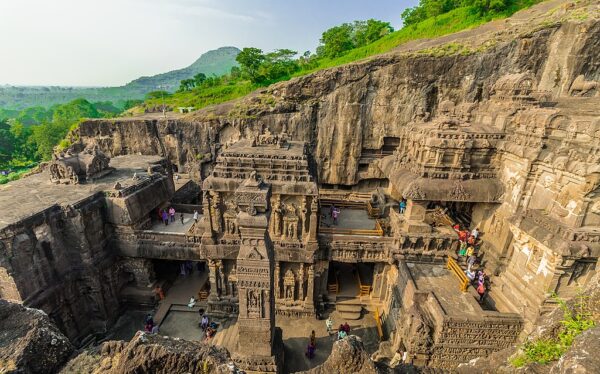
The entire temple was built from a single rock. Shiva is honored at the Kailasha temple. This temple is the largest of the 34 cave temples dedicated to Hinduism, Buddhism, and Jainism. The top of the superstructure above the sanctuary is 32 meters above the ground. It is estimated that this temple took approximately 150 years to construct. But no one knows the perfect value. Aurangzeb, a Muslim ruler, destroyed many Hindu temples. He also planned to destroy the Kailasa Temple and sent thousands of people to do so. Aurangzeb’s people destroyed a few statutes over the course of three to four years, and in the end, Aurangzeb surrendered.
Rameshwaram Gufa Cave 21

The Goddesses Ganga and Yamuna remain at Rameshwaram Gufa temple’s entrance. This cave is dedicated to Lord Shankar. In this cave, Lord Bhole Nath was worshipped in the form of a linga. Nandi Maharaj has been installed directly in front of the Linga.
Cave of Vishvakarma
It is also known as a carpenter cave due to the finish of the roof rock that resembles wooden beams. This cave serves as a prayer house. A 15 foot-tall statue of Buddha preaching in a cave. This cave has 8 cells, one of which is dedicated to prayer.
TEEN TAAL 12
It is a three-story Buddhist cave that was possibly used as a Buddhist educational facility. Teen Taal is the largest monastery complex in Ellora and one of the best places to visit in Ellora. It has a large hall that measures 118 feet long and 34 feet wide.
Cave No. 32
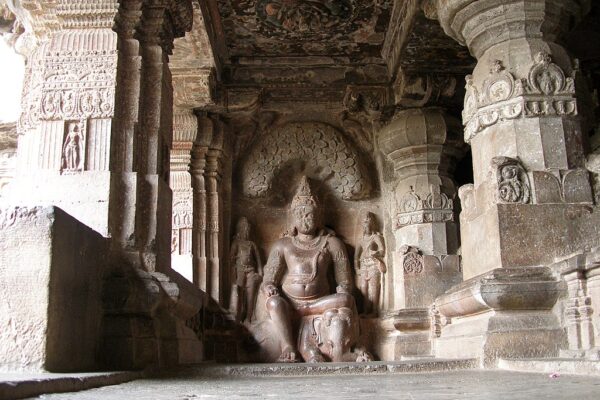
Cave No. 32 is a Jain cave located about 2 kilometers from the Kailasa Temple. Cave 32 can be found to the north of the Kailasa temple. Ellora has five Jain caves dating from the ninth and tenth centuries, all of which belong to the Digambara sect. The most well-known Jain temples in this area are in Chhota Kailash (30), Indra Sabha (32), and Jagannath Sabha (33).



